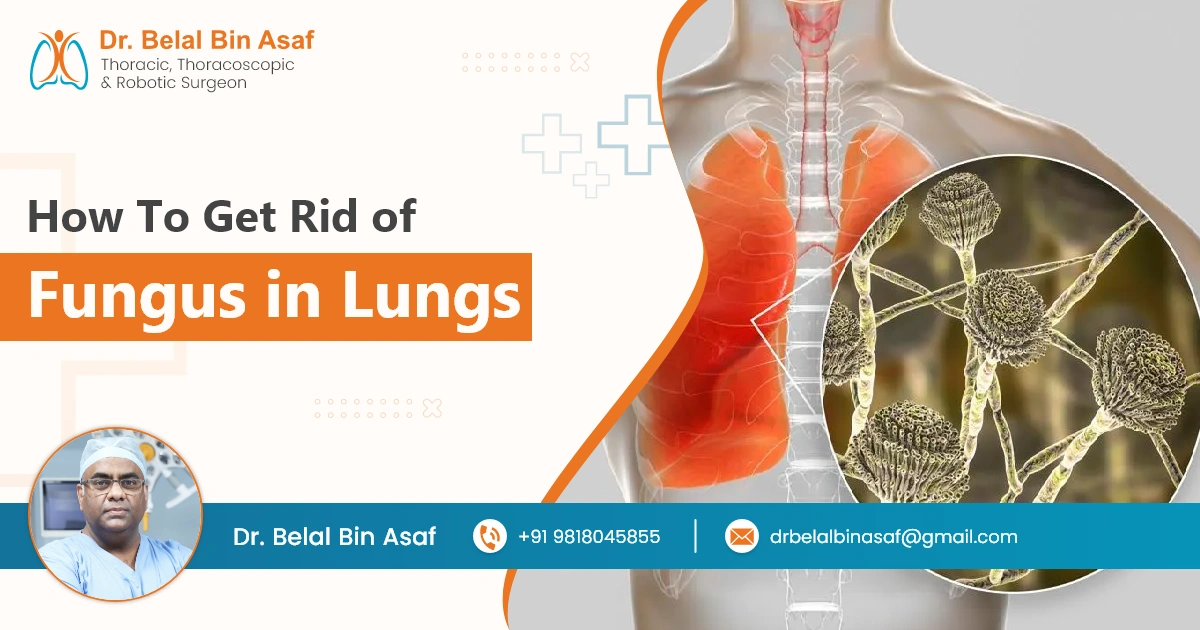Fungal lung infections, though less common than bacterial or viral respiratory illnesses, can pose significant risks, especially for individuals with weakened immune systems or pre-existing lung conditions. These infections occur when fungal spores—microscopic particles present in soil, plants, and even indoor air—are inhaled into the lungs, leading to mild to severe respiratory symptoms.
In this in-depth guide, we’ll explore what fungal lung infections are, how they are diagnosed and treated, and the best strategies to prevent them. From medical interventions to lifestyle adjustments, understanding these infections is crucial for early detection and effective management.
Contents
- 1 What Are Fungal Lung Infections?
- 2 Common Causes and Risk Factors
- 3 Who is Most at Risk?
- 4 Symptoms of Fungal Lung Infections
- 5 Diagnosis: How Are These Infections Identified?
- 6 Treatment Options for Fungal Lung Infections
- 7 Complications to Watch For
- 8 Prevention: Reducing the Risk of Fungal Lung Infections
- 9 Living with a Fungal Lung Infection
- 10 Recovery Time and Outlook
- 11 Conclusion
What Are Fungal Lung Infections?
Fungal lung infections, also known as pulmonary mycoses, develop when airborne fungal spores enter the respiratory tract and cause inflammation, infection, or allergic responses in lung tissues. While healthy individuals can often fend off these spores without incident, people with compromised immunity—such as those undergoing chemotherapy, organ transplant recipients, or individuals with chronic diseases—are at higher risk.
Common Causes and Risk Factors
Fungal spores are ubiquitous in the environment. They are particularly prevalent in:













 +91-9818045855
+91-9818045855
